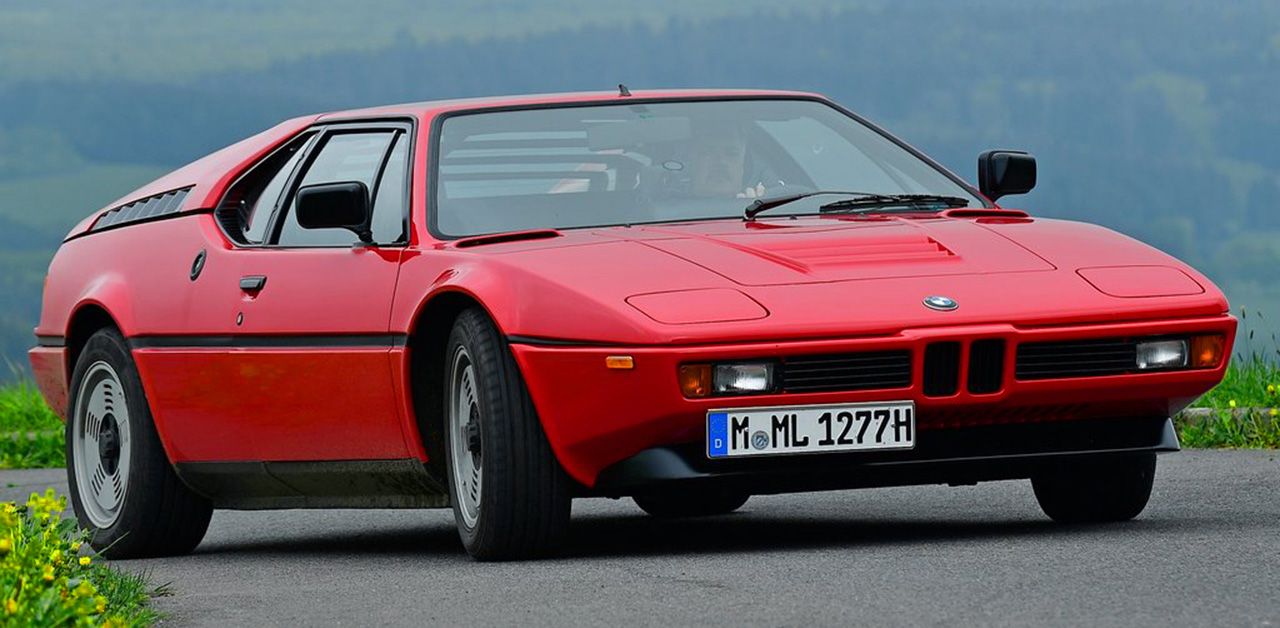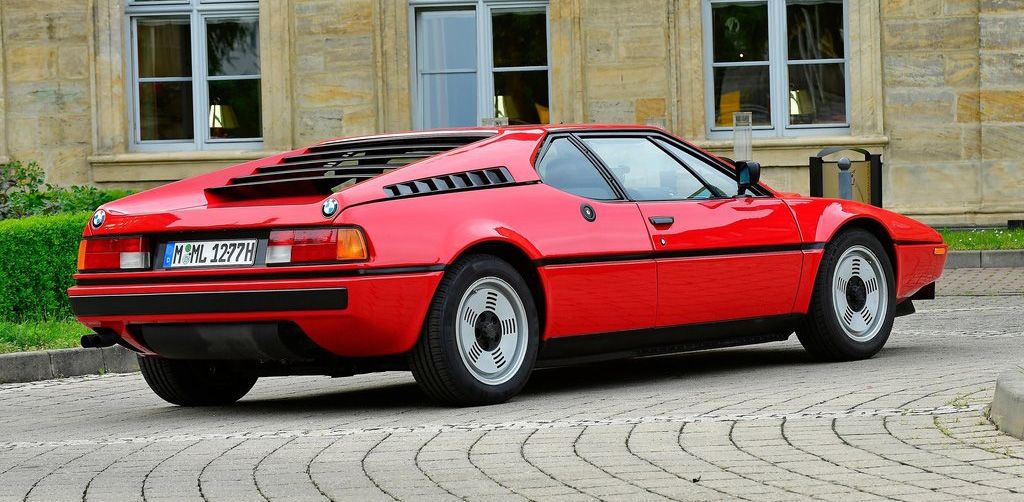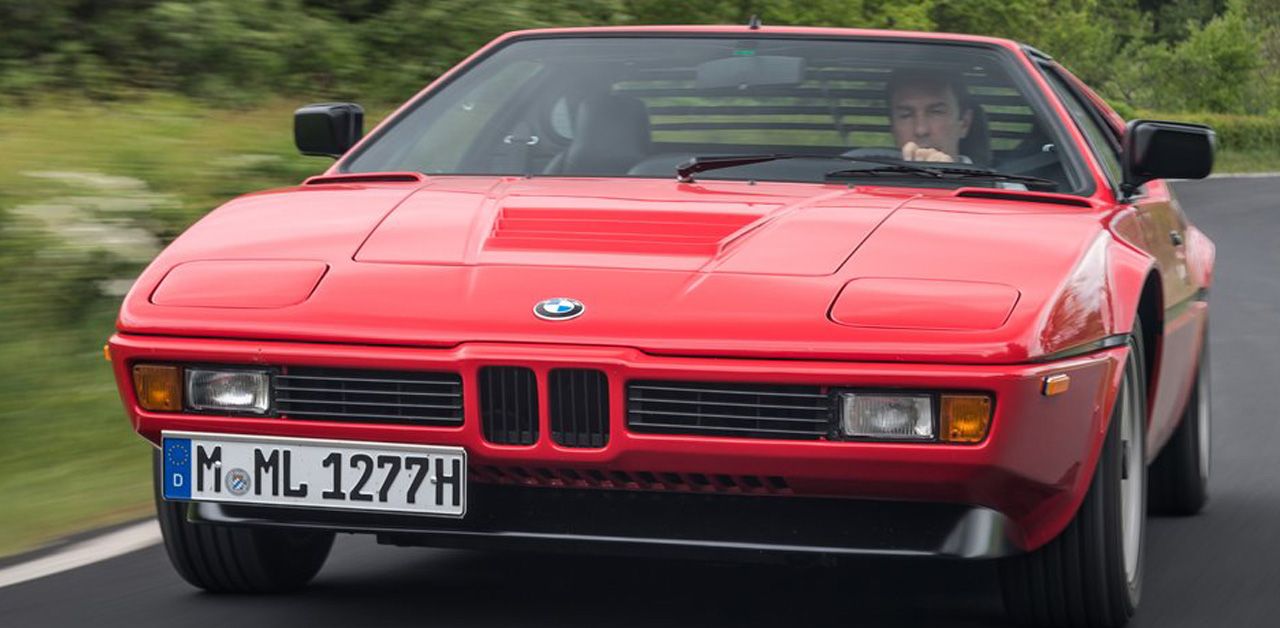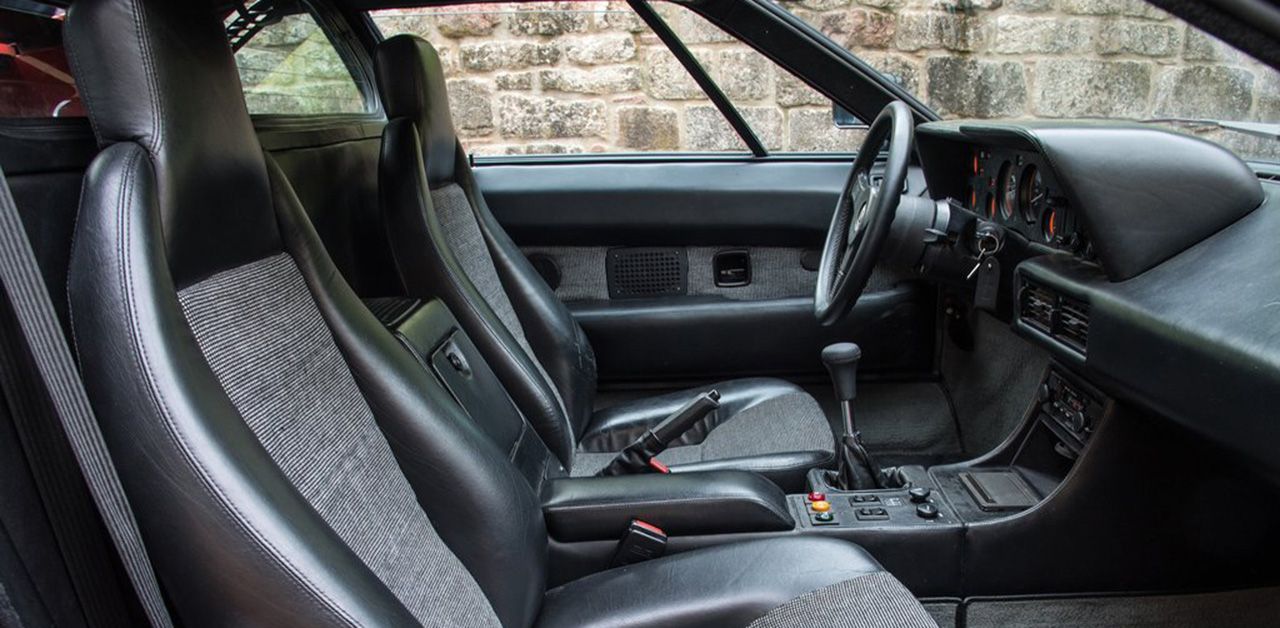The classic BMW M1 is a sports car that popularized the racing culture in the 80s. BMW created the M1 race car to compete against the classic Porsche and other sports rivals in the motorsport series. To outclass its competitors, the brand made sure to top up the M1 with unique features.
Originally conceived as a Group 4 homologation special, the result exceeded expectations. It came with a mid-engine configuration, which played a good role in distributing the weight. The BMW M1 also came with a stronger and more robust engine, developed by a well-renowned engine builder, Paul Rosche. Its body consisted of fiberglass, which made it lighter and faster on the drag strip.
BMW sold the E26 M1 sold new from year 1978 until 1981 at around $87,000. The brand only made 453 models of the BMW M1. Even though it’s among the rarest classics, a few BMW M1s are still available in the market today.
We’ll take a look into why 2022 is the best year to buy a classic BMW E26 M1.
How Much Does The Classic BMW M1 Cost Today?
In 2022, the average price of the 1978 BMW E26 M1 is around $450,000. Take note that, like any other classic, the price of the E26 M1 fluctuates. This highly depends on the mileage and condition, mods, and in this special case, the rarity. The most expensive BMW M1 sold so far, and also the most recently sold, went for an eye-watering $561,000 on Bringatrailer.com last year. The cheapest model went for around $368,000.
This was a 1981 BMW M1 model, and it retailed on Gooding Scottsdale in 2020. As time goes, the price of the BMW M1 rises. And based on the classic trends and price fluctuation over the years, the BMW M1’s price tag could probably touch the ceiling at $800,000 in the next five or so years, if not sooner. But at the end of the day, the price increment is inevitable for the BMW M1.
In case you’re seeking an explanation for the price, keep in mind that the BMW M1 is one of the rarest classic cars so far. You see, the German brand made a limited number of M1 models. According to history, BMW only built 453 production cars baring the BMW E26 M1 emblem. And out of those 453, only 53 models made it into the motorsport sector as examples.
It’s so rare that, in actual fact, only about seven BMW E26 M1s have retailed over the last 5 years. And among the sold models, only 3 belong to the 1981 model year and 4 come from the 1980 model year, according to the classic car valuation tool. No model years before 1980 have sold over the last couple of years. This makes a strong statement, and it’s loud and clear. If you’re on the lookout for a classic BMW M1, you will have to weigh in the fact that they’ll be hard to find. Take advantage of auctions to get the BMW M1 at a reasonable price.
Is a 1978 – 1981 BMW M1 Worth It?
Yes. A classic BMW M1 is a must-have. Even despite its age, the BMW M1 is a very durable classic. The car still runs very well today and can put up a performance that’s up to par, if not better than most modern sports cars. Let’s recap on what the BMW has on offer. First, the classic BMW M1 has a seriously pretty eye-catching exterior styling. The fascia features an iconic grille, bonnet vents, and fancy headlights that pop up on demand.
With regard to its power, the classic BMW M1 packs a naturally-aspirated Inline 6-cylinder gas engine. This robust engine makes about 273-hp at 6,500 rpm and a maximum torque of 243 lb-ft at 5,000 rpm. This powertrain pairs with a five-speed Manual gearbox, sending power to the wheels through the M1’s rear-wheel-drive mechanism. The massive ponies propel the BMW M1 from a standstill to 62 mph in under 5.6 seconds, with a top speed of 163 mph. It comes with a curb weight of 2866 pounds, which is within the acceptable range, even in the modern sports car market.
Performance-wise, the BMW M1 does a pretty good job of giving its occupants a thrilling ride. At the front, it comes with a Double-wishbone suspension configuration. This consists of height-adjustable Bilstein shocks, double unequal-length control arms, a 23mm anti-roll bar suspension. The rear configuration also comes with height-adjustable Bilstein shocks and double unequal-length control arms.
Unlike the front, the rear suspension has a 19mm anti-roll bar system. Its mid-engine system gives the car a better weight distribution, calling for better road performance. Speaking of weight, the M1 comes weighs around 2,866 lbs. Its tires are quite durable and resilient to climate. The front and rear come equipped with 205 / 55 tires on 16-inch rims. To keep all the horses in check, the BMW M1’s braking system consists of Vented Discs at the front and rear.




